Table of Contents
Introduction
Spices are the unsung heroes of any kitchen. They bring life, depth, and complexity to every dish. But when it comes to seasoning, some letters of the alphabet are more popular than others. Enter the letter 'M'—a quiet but powerful player in the world of seasonings. From the zesty zest of Mexican chili powder to the smoky charm of mustard, these M-seasonings can elevate your cooking game in ways you never imagined.
In this article, we'll dive into the wonderful world of seasonings that start with 'M'. Whether you're a seasoned pro or just getting started with your spice collection, this guide will help you understand, use, and appreciate these magical M-spices.
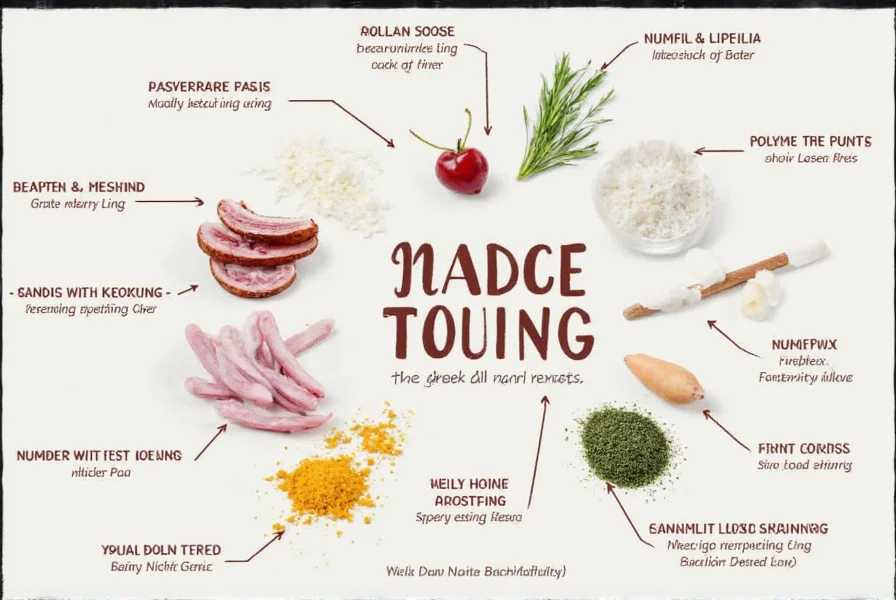
The Mystery of M: Why These Seasonings Matter
Why focus on seasonings that start with M? Well, for starters, they offer a unique flavor profile that can transform your dishes. Many of them are versatile, used across different cuisines, and add distinct taste experiences. They're fun to say out loud—especially if you're trying to impress your friends with your culinary vocabulary.
Here's a quick look at some of the most common M-seasonings and why they're worth knowing:
- Mustard: A staple in many kitchens, mustard adds a tangy kick and is great for everything from sandwiches to marinades.
- Mexican Chili Powder: Adds heat and depth to salsas, stews, and meats.
- Mint: Fresh or dried, it brings a cool, refreshing note to both sweet and savory dishes.
- Marjoram: A subtle herb that works well in soups, sauces, and roasted vegetables.
- Mace: A delicate spice with a warm, nutty flavor, often used in baking and Indian cuisine.
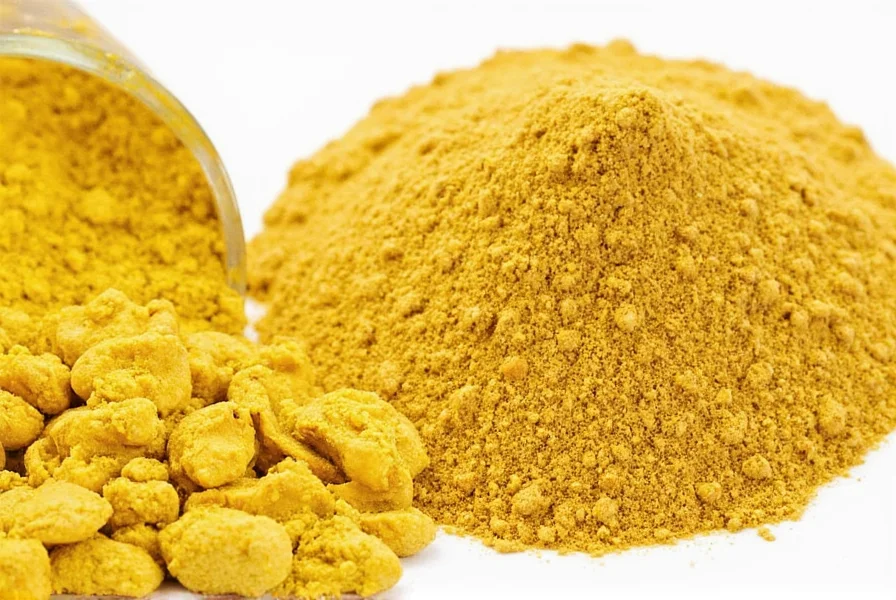
Must-Have M Seasonings for Every Kitchen
If you're looking to build a well-rounded spice rack, here are some essential M-seasonings you should consider adding:
1. Mustard
There are so many types of mustard—yellow, Dijon, whole grain, honey, and more. Each has its own flavor and texture, making it a flexible addition to any kitchen. Try using it as a base for vinaigrettes, a glaze for grilled meats, or even in homemade mayonnaise.
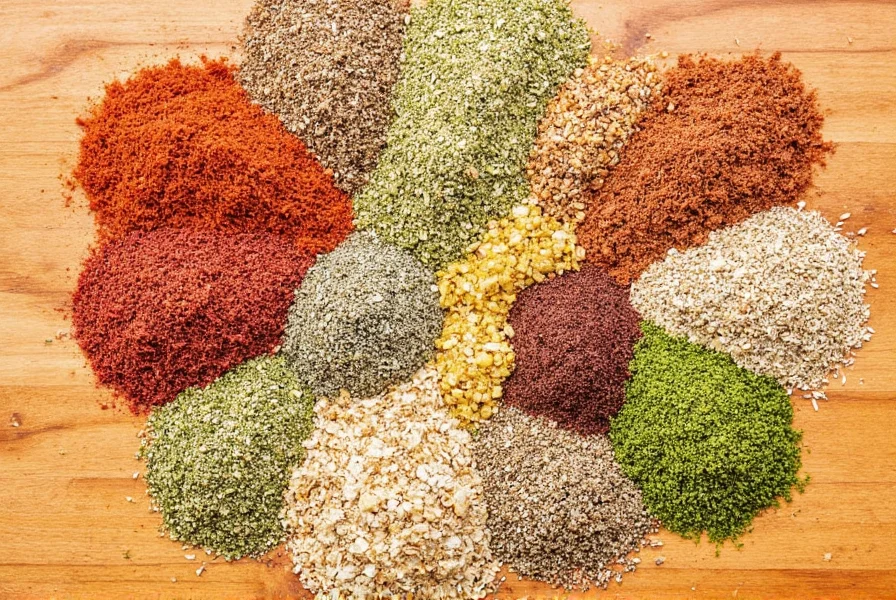
2. Mexican Chili Powder
Not to be confused with cumin or paprika, Mexican chili powder is a blend of ground chilies, garlic, and other spices. It's perfect for adding heat and smokiness to tacos, enchiladas, and chili. Just a pinch can turn a simple dish into something unforgettable.
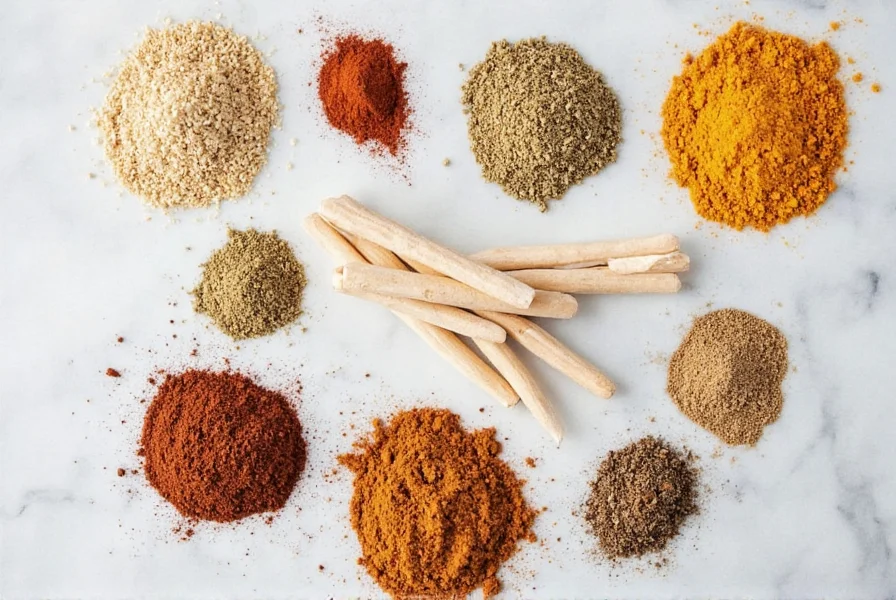
3. Mint
Whether you're making a mojito, a lamb dish, or a fresh salad, mint is a must-have. It pairs well with citrus, yogurt, and even chocolate. Don't forget to grow your own—if you have a sunny windowsill, mint can thrive indoors!
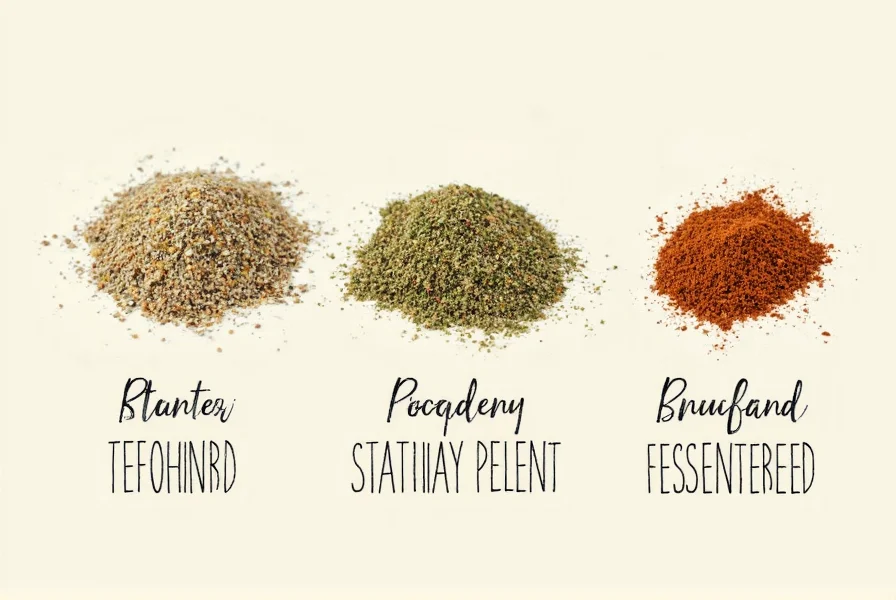
4. Marjoram
Often mistaken for oregano, marjoram has a milder, sweeter flavor. It's ideal for slow-cooked dishes like stews, meatloaf, and vegetable roasts. Add it towards the end of cooking to preserve its delicate aroma.
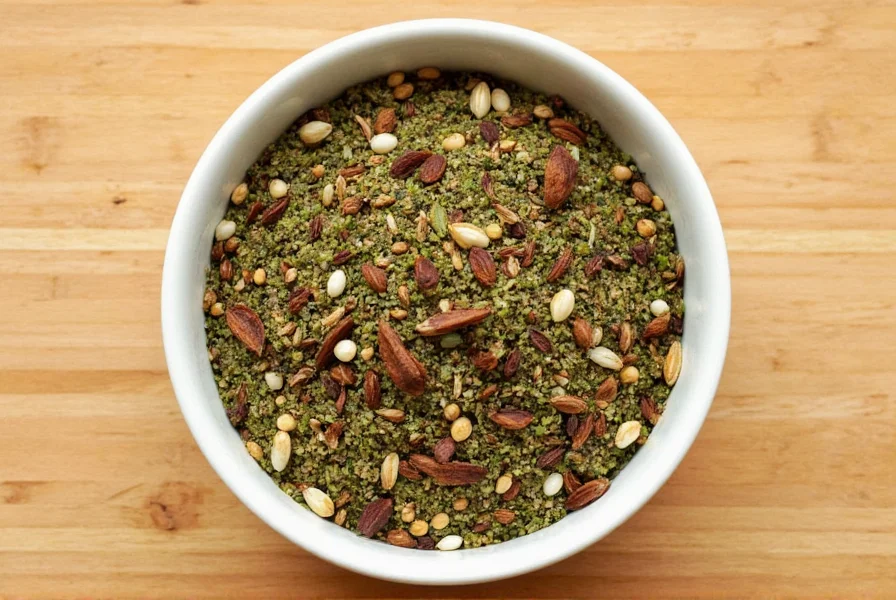
5. Mace
Derived from the same plant as nutmeg, mace has a similar but more complex flavor. It's commonly used in baked goods, custards, and spiced beverages. If you love the taste of nutmeg, you'll likely enjoy mace too.
How to Use M Seasonings Like a Pro
Now that you know which M-seasonings to add to your collection, let's talk about how to use them effectively. Here are some tips and tricks to make the most of these flavors:
- Balance the Heat: If you're using a spicy M-seasoning like chili powder, pair it with something creamy or sweet to balance the heat. Yogurt, sour cream, or honey can work wonders.
- Use Fresh Over Dried: Whenever possible, opt for fresh herbs like mint or marjoram. They pack more flavor and aroma than their dried counterparts.
- Experiment with Combinations: Don't be afraid to mix and match. Try adding a dash of mustard to your favorite soup or sprinkle some mace over your morning oatmeal for a twist.
- Store Properly: Keep your seasonings in airtight containers away from heat and light. This helps maintain their potency and flavor over time.
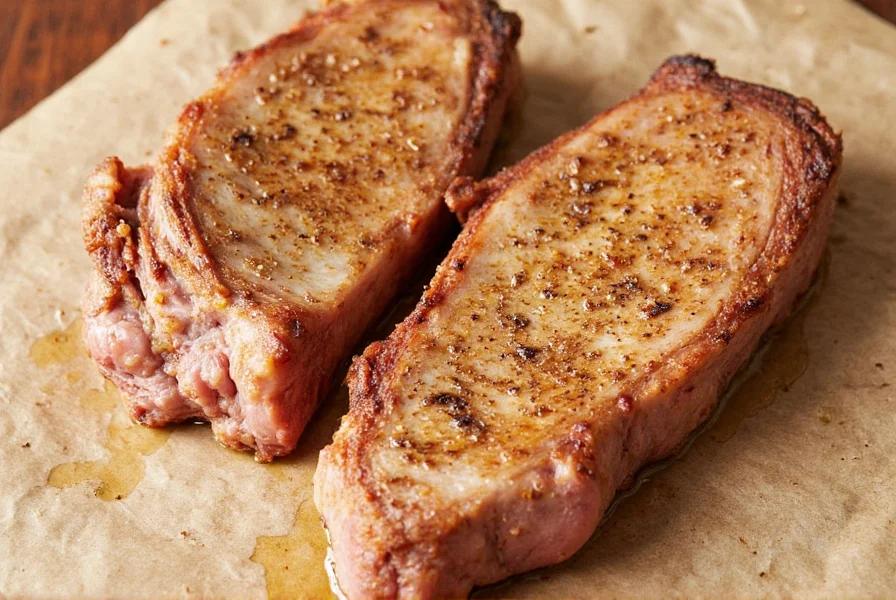
Buying Guide: What to Look For in M Seasonings
Picking the right M-seasonings can make all the difference in your cooking. Here's what to look for when shopping:
| Product | Features | Best For |
|---|---|---|
| Yellow Mustard | Classic, tangy, and mild | Sandwiches, hot dogs, and dressings |
| Dijon Mustard | Smooth, sharp, and slightly spicy | Salads, marinades, and sauces |
| Whole Grain Mustard | Coarse texture with a robust flavor | Grilled meats, cheeses, and burgers |
2. Mexican Chili Powder
When buying chili powder, look for a blend that includes ingredients like ancho, guajillo, and pasilla peppers. Avoid powders with added salt or preservatives. Opt for organic options if possible.
3. Mint
Choose fresh, vibrant green leaves without any yellowing. Dried mint should be stored in a cool, dark place. If you're buying pre-packaged, check the expiration date to ensure freshness.
4. Marjoram
Marjoram is often sold in small bundles or as a dried herb. Look for a product with a strong, pleasant aroma. The more fragrant it is, the better it will taste in your dishes.
5. Mace
Look for mace in whole form (the red threads) or as a finely ground powder. Whole mace can be grated directly into recipes for maximum flavor. Choose high-quality mace from reputable brands to ensure authenticity and potency.
Frequently Asked Questions
What are the most common seasonings that start with M?
The most common M-seasonings include Mustard, Mexican Chili Powder, Mint, Marjoram, Mace, and sometimes Mushroom seasoning. Each offers unique flavor profiles from tangy and spicy to sweet and aromatic, making them valuable additions to any kitchen.
How should I store M-seasonings to maintain their freshness?
Store all M-seasonings in airtight containers away from heat, light, and moisture. Ground spices like chili powder and mace typically last 1-2 years, while whole spices can remain potent for up to 4 years. Fresh herbs like mint should be stored in the refrigerator, either in water like flowers or wrapped in damp paper towels.
What's the difference between marjoram and oregano?
While both belong to the same herb family, marjoram has a sweeter, milder, and more delicate flavor compared to oregano's stronger, more pungent taste. Marjoram works well in subtle dishes like vegetable roasts and light sauces, while oregano stands up better to bold flavors in pizza sauces and Mediterranean dishes.
Can I substitute one M-seasoning for another in recipes?
Some substitutions work well while others don't. Mint can sometimes replace basil in certain dishes, and mace can substitute for nutmeg (use about ¾ the amount). However, Mexican chili powder has a unique flavor profile that's difficult to replicate with other spices. When substituting, start with smaller amounts and adjust to taste.
How can I tell if my M-seasonings have lost potency?
Check the aroma—if your spices don't have a strong scent when you open the container, they've likely lost potency. Taste a small amount (except for very spicy ones like chili powder); if the flavor is weak or bland, it's time to replace them. A simple test for chili powder: it should make your nose tingle slightly when smelled closely.
Which M-seasoning is best for beginners to start with?
Mustard is the most versatile and beginner-friendly M-seasoning. It comes in various forms that suit different palates (mild yellow mustard to more complex Dijon), has a long shelf life, and can be used in countless ways from dressings to marinades. It's also relatively inexpensive to experiment with different varieties.
Conclusion
Seasonings that start with 'M' might not be the most obvious choices, but they bring a unique flair to any dish. From the tangy punch of mustard to the warm, nutty notes of mace, these M-seasonings are essential tools in the kitchen. Whether you're a professional chef or a home cook, experimenting with these flavors can open up new possibilities and enhance your cooking experience.
So next time you're reaching for a spice, don't overlook the M's. They might just be the secret ingredient your dish has been missing. And remember—when it comes to seasoning, sometimes the smallest letters can make the biggest impact.

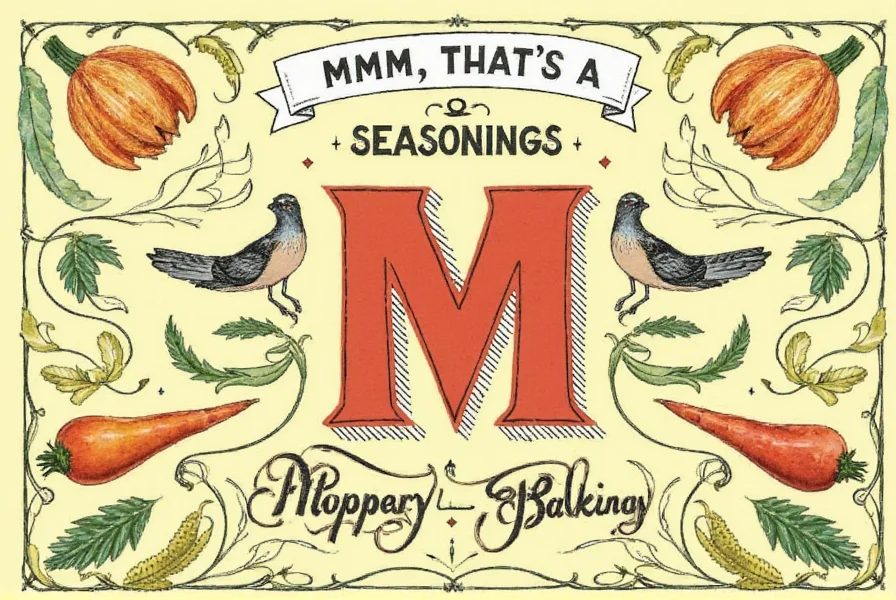









 浙公网安备
33010002000092号
浙公网安备
33010002000092号 浙B2-20120091-4
浙B2-20120091-4